Despite significant progress in recent years, many cosmetic companies still fail to offer a wide range of darker shades. This gap in inclusivity raises important questions about the industry's priorities and practices. Why are brands still not making enough shades, even though they know and understand there could be a potential backlash?
Economic Considerations - MOQ
Economic feasibility is one of the primary reasons cosmetic companies do not produce a broader range of darker shades. Minimum order quantity, or MOQ for short, is the minimum amount of units a brand has to purchase for the manufacturer to make a profit, which is usually 5000 units, even for big companies like L'Oreal that have their own internal factory.
When the MOQ is too low (i.e., less than 5000 units), setting up the production line is often not worth the resource, as the cost drastically increases compared with the profit.
Companies often argue that the demand for darker shades does not justify the costs, especially if they anticipate lower sales volumes. Given that most skin color in the USA falls between Fizpatrick Type II-V, brands rarely cater to very fair or very melanated skin colors.
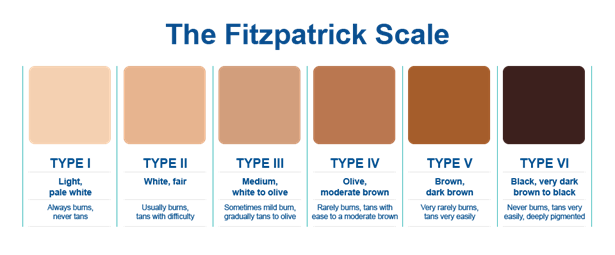
Unlike smaller, indie brands, bigger brands like Fenty Beauty or L'Oreal Paris have the resource and the demand to support the less common shades.
Formulation Challenges
Creating foundations and concealers for darker skin tones presents unique formulation challenges. Darker shades require different pigments and base formulations to ensure they match a variety of undertones and skin types without appearing ashy or unnatural. Achieving this level of precision can be difficult.
Darkers shades also use one of the pigments of iron oxide, while light/white pigments are titanium dioxide. Iron oxide might be easier to separate from the formula than titanium dioxide, due to the difference in size.
Despite these challenges, many innovative brands, like Fenty Beauty have proven that it is possible to create high-quality products for darker skin tones. These brands prioritize inclusivity from the start, often gaining loyal followings and strong market positions as a result. Their success demonstrates that with the right commitment and expertise, formulation challenges can be overcome.
The Power of Representation
The success of brands like Fenty Beauty, which launched with 40 shades and now offers even more, highlights the power of inclusivity. Fenty’s approach set a new industry standard, showing that there is a substantial market for diverse shades. The brand's success has pressured other companies to expand their offerings, proving that inclusivity is not only a moral imperative but also a smart business strategy.
Moving Forward: Steps Toward Inclusivity
To address the issue of limited darker shades, cosmetic companies need to take concrete steps:
-
Partner with Manufacturers with Lower MOQ: There are smaller manufacturers, or manufacturers who are willing to make color cosmetics with a lower MOQ, such as 500 units per run. Before launching a foundation or concealer, brands should carefully consider and evaluate their options. There could be many ways to reduce the MOQ, such as use labels instead of printing directly on the component, or pay a higher cost for the less-in-demand shades.
-
Engage with the Community: Listening to feedback from consumers and influencers who represent diverse backgrounds can provide valuable insights and foster goodwill.
-
Commit to Inclusivity: Making inclusivity a core value rather than a marketing strategy ensures long-term commitment. This involves continuous improvement and adaptation based on consumer needs and testing products on different skin tones to ensure the formulation is successful.
While the road to inclusivity in the cosmetics industry is challenging, especially for smaller brands, it is also essential. By embracing diversity and expanding their shade ranges, cosmetic companies can not only meet the needs of a broader audience but also drive innovation and growth in an increasingly diverse world. The beauty industry must recognize that true beauty comes in all shades and that every consumer deserves to feel seen and celebrated.

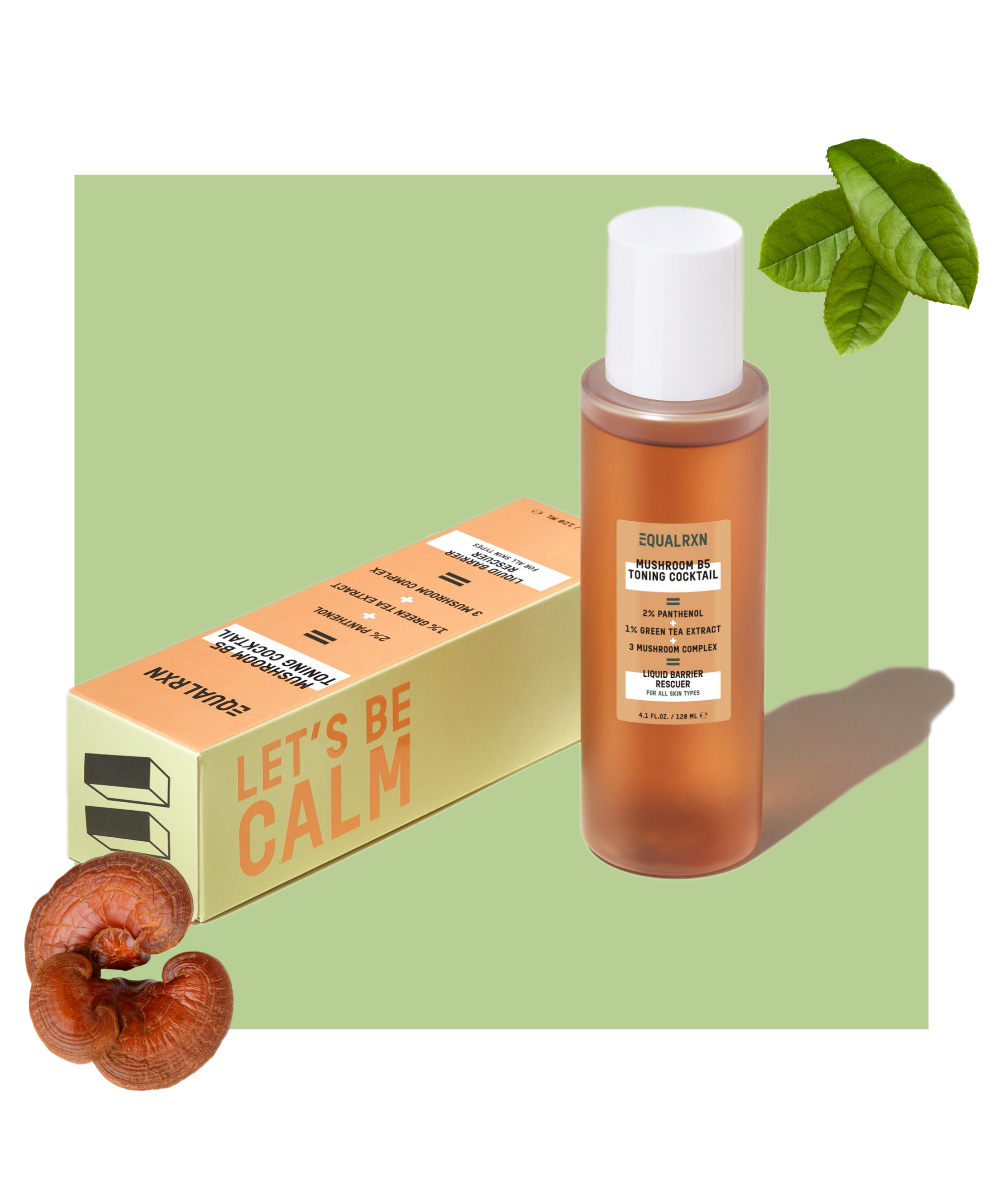
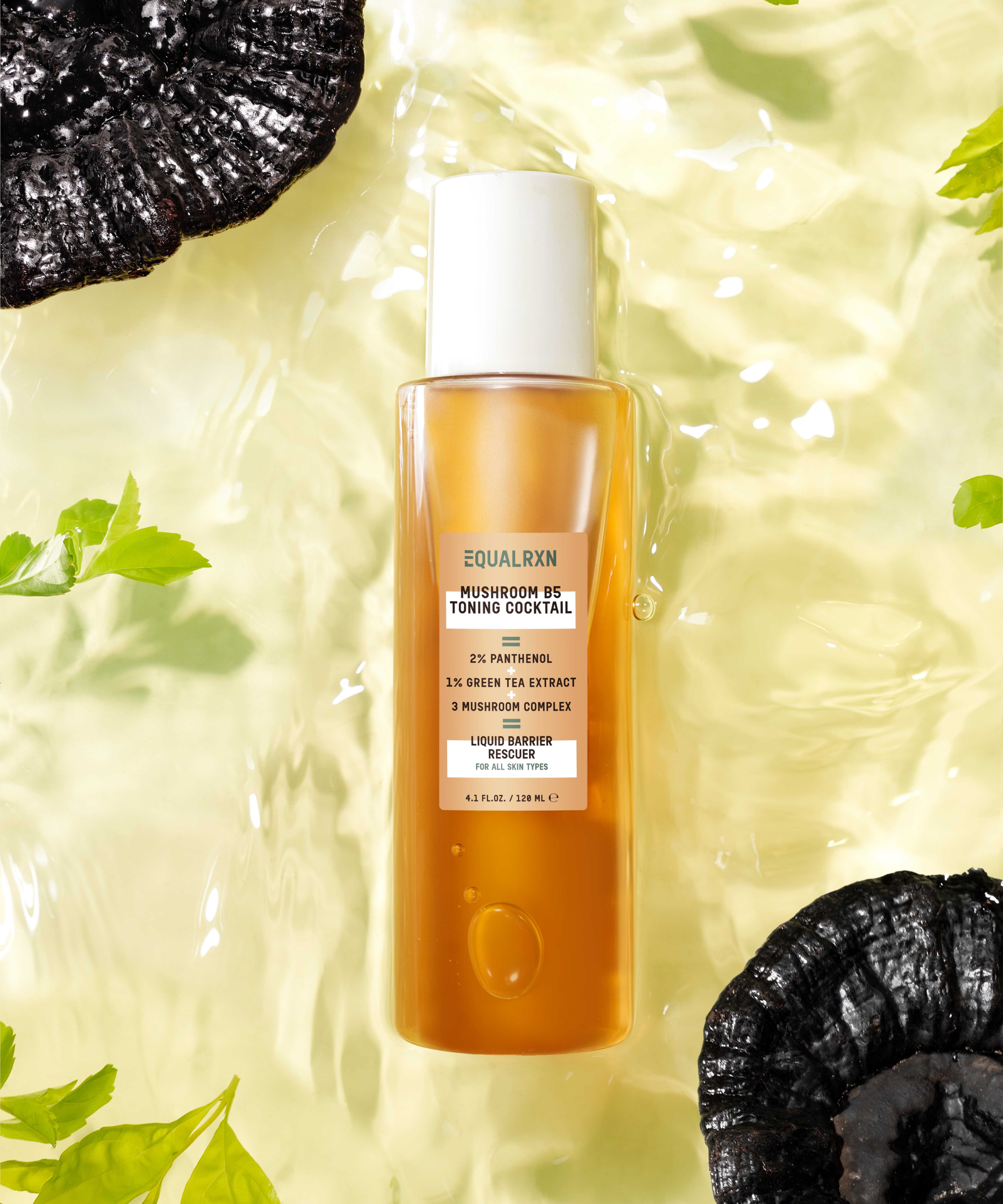
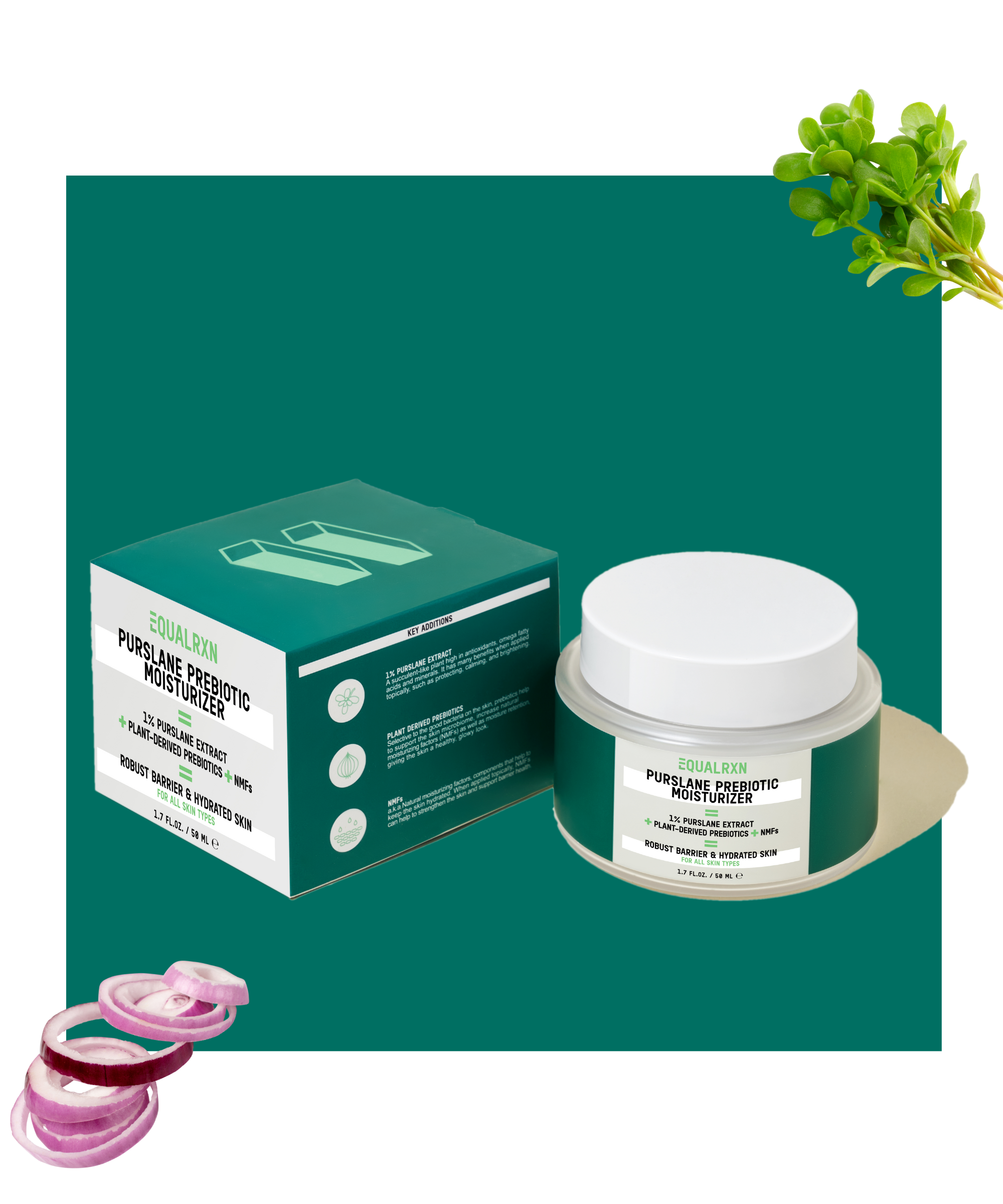
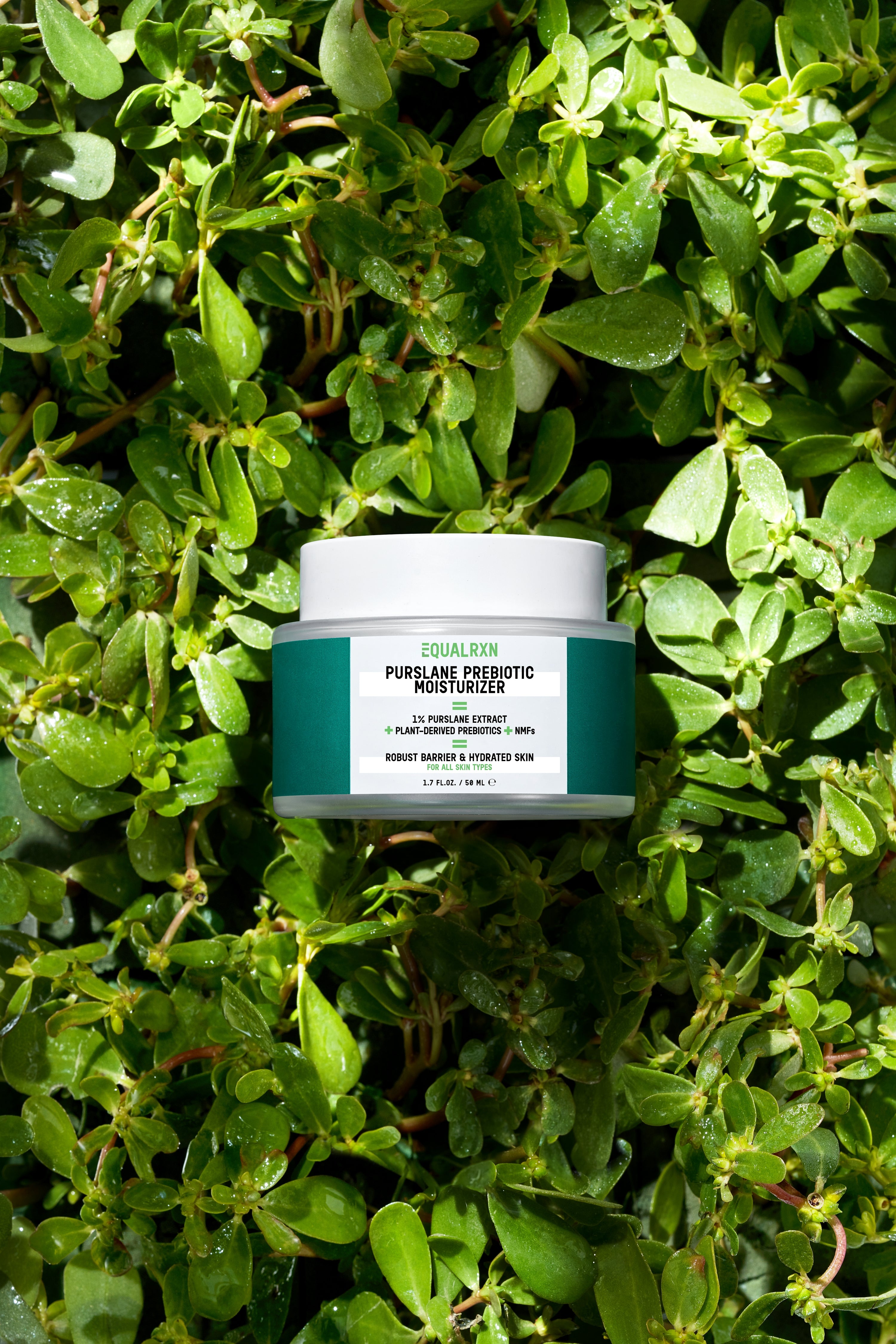
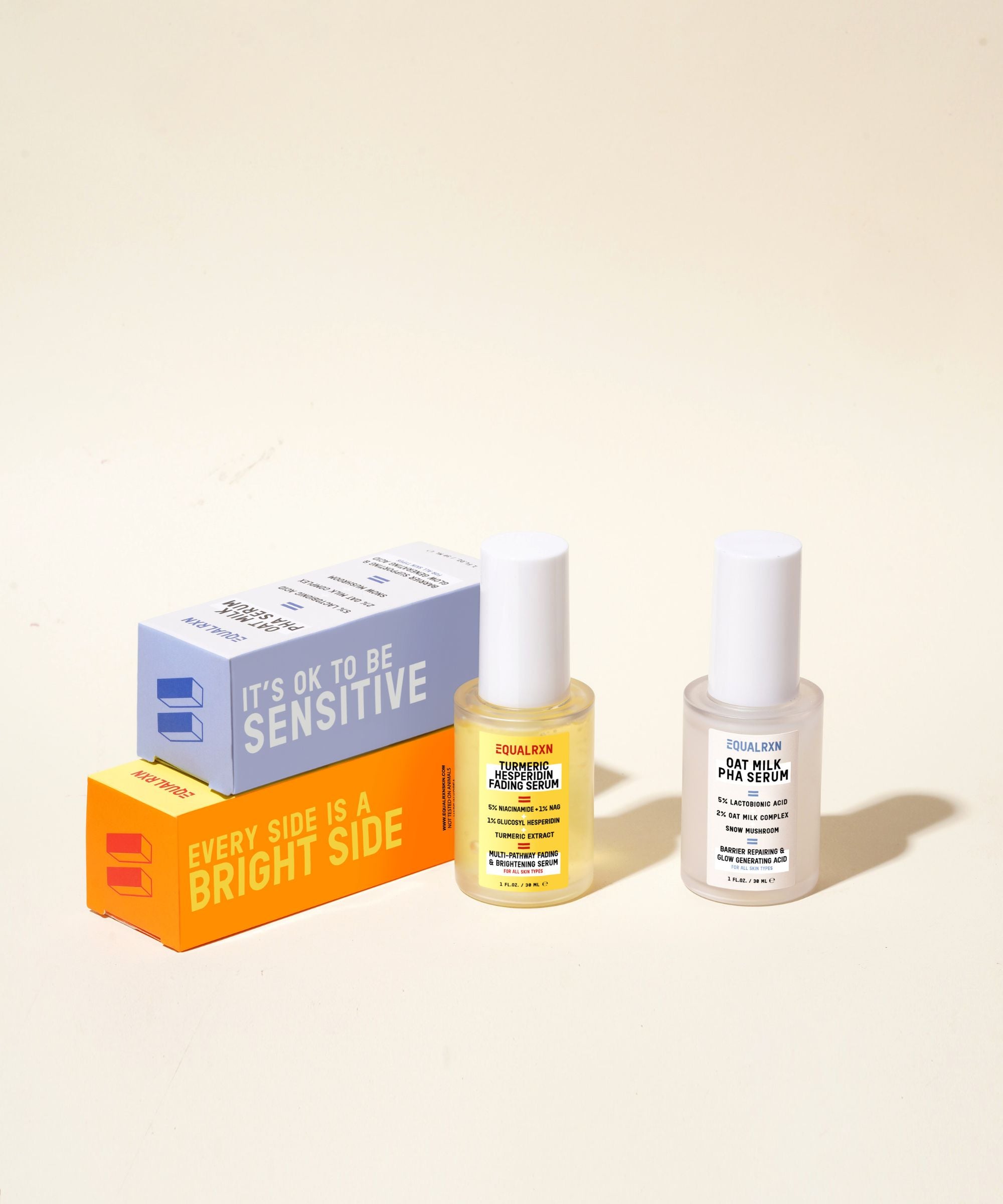
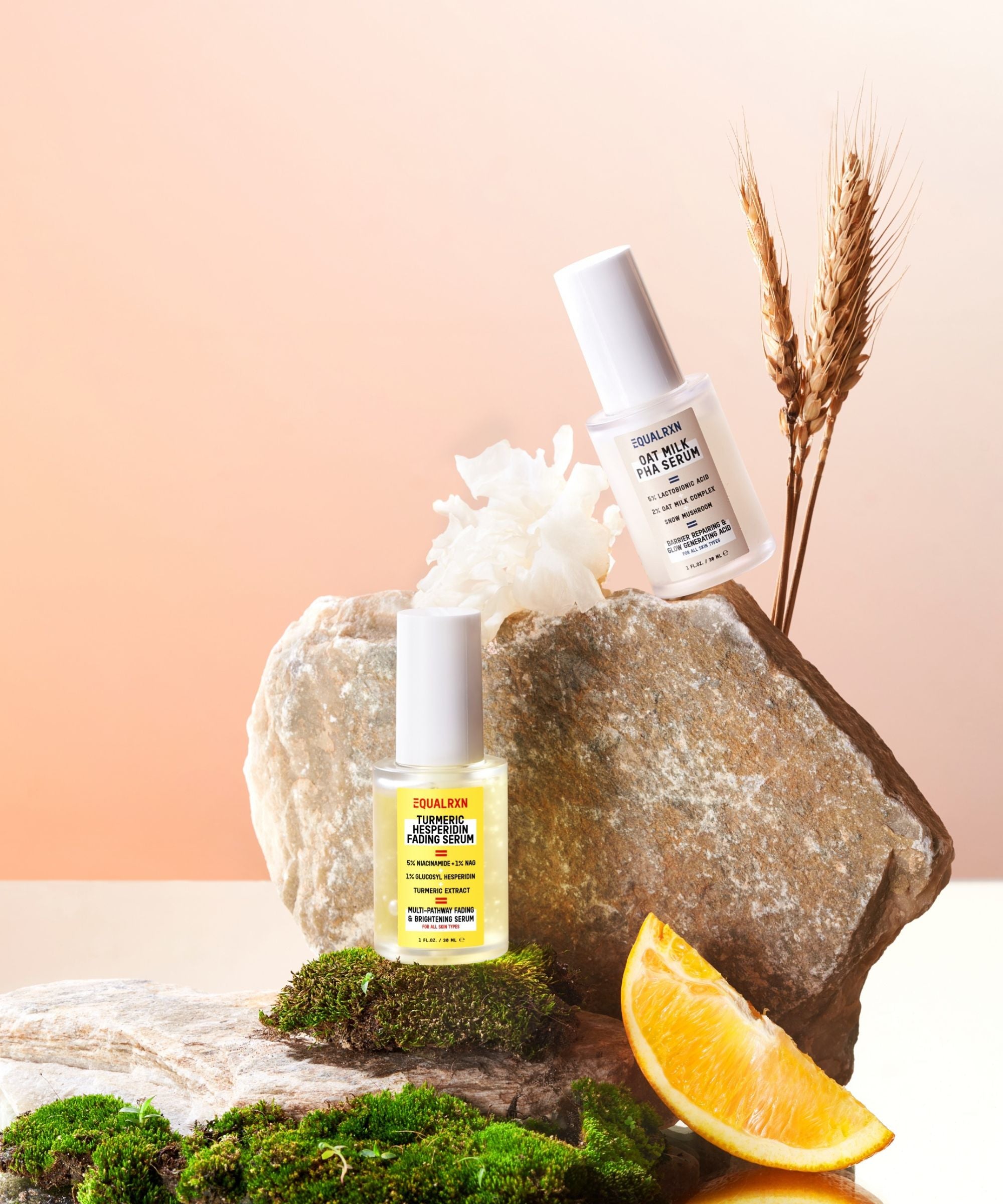
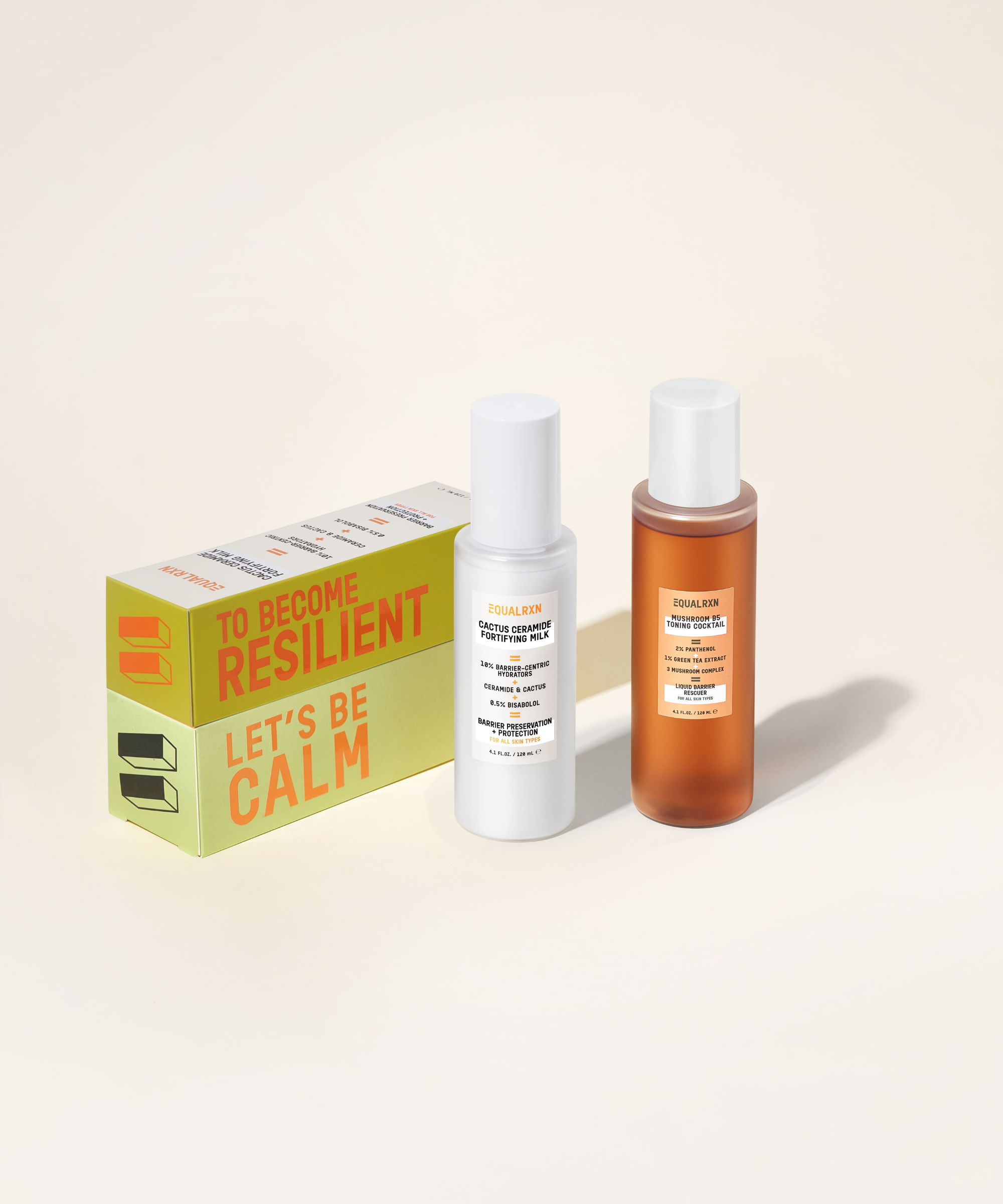
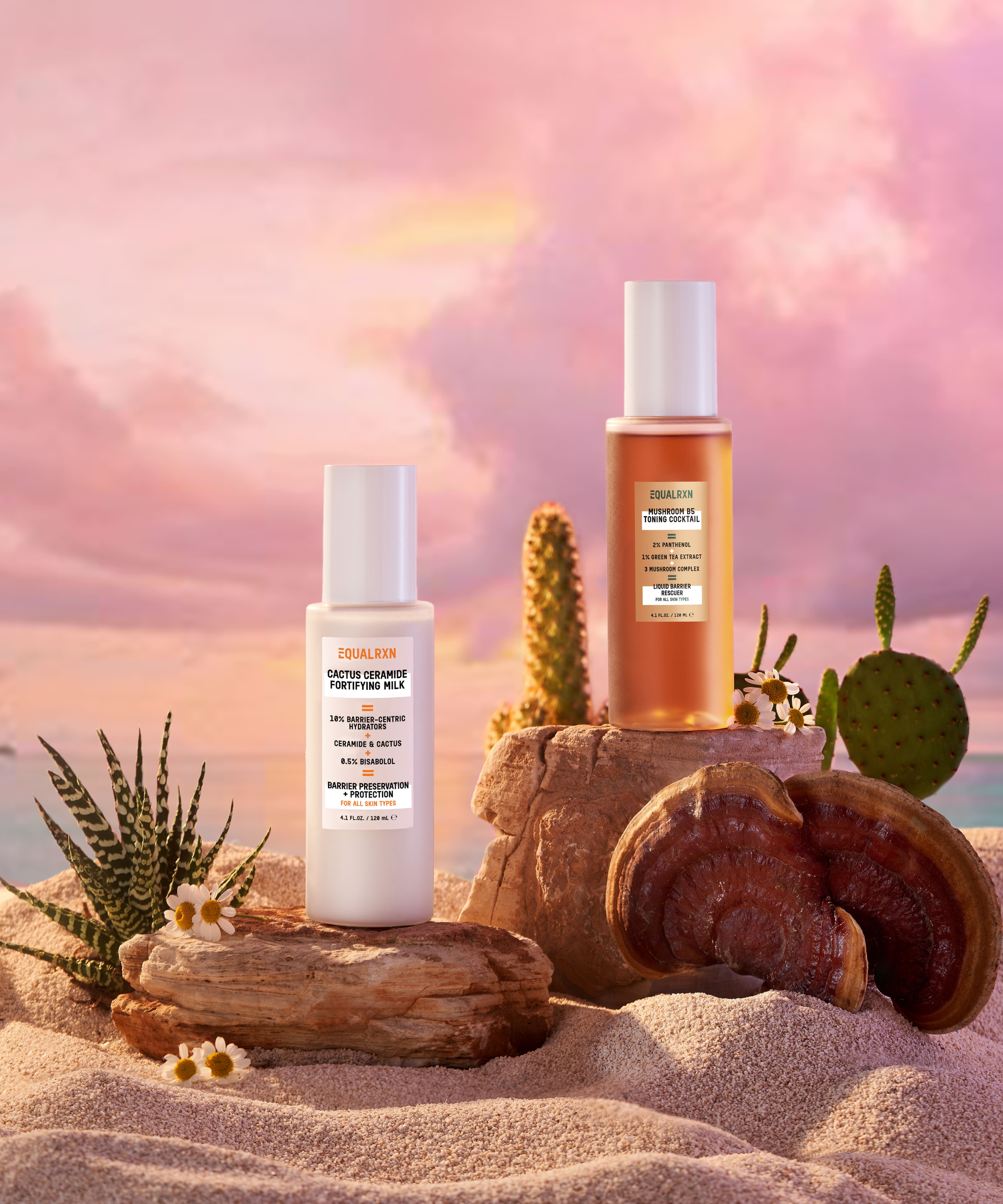

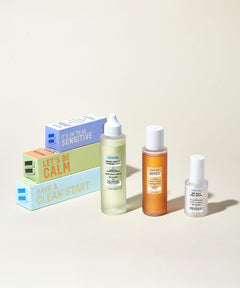
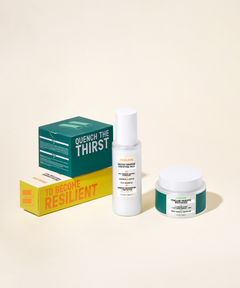
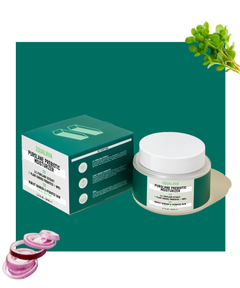
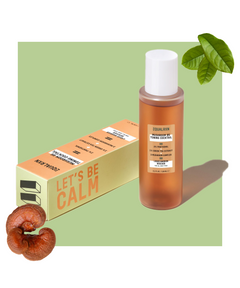


Leave a comment